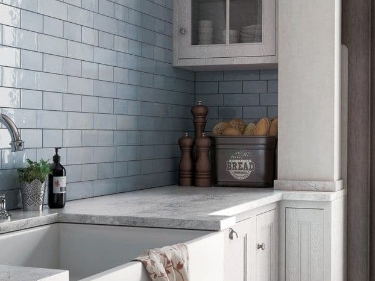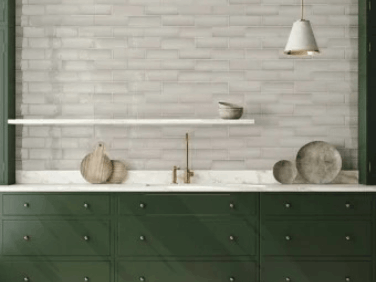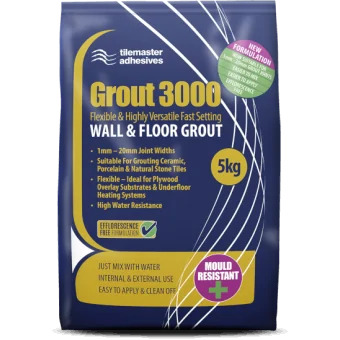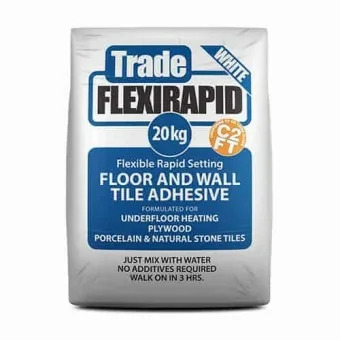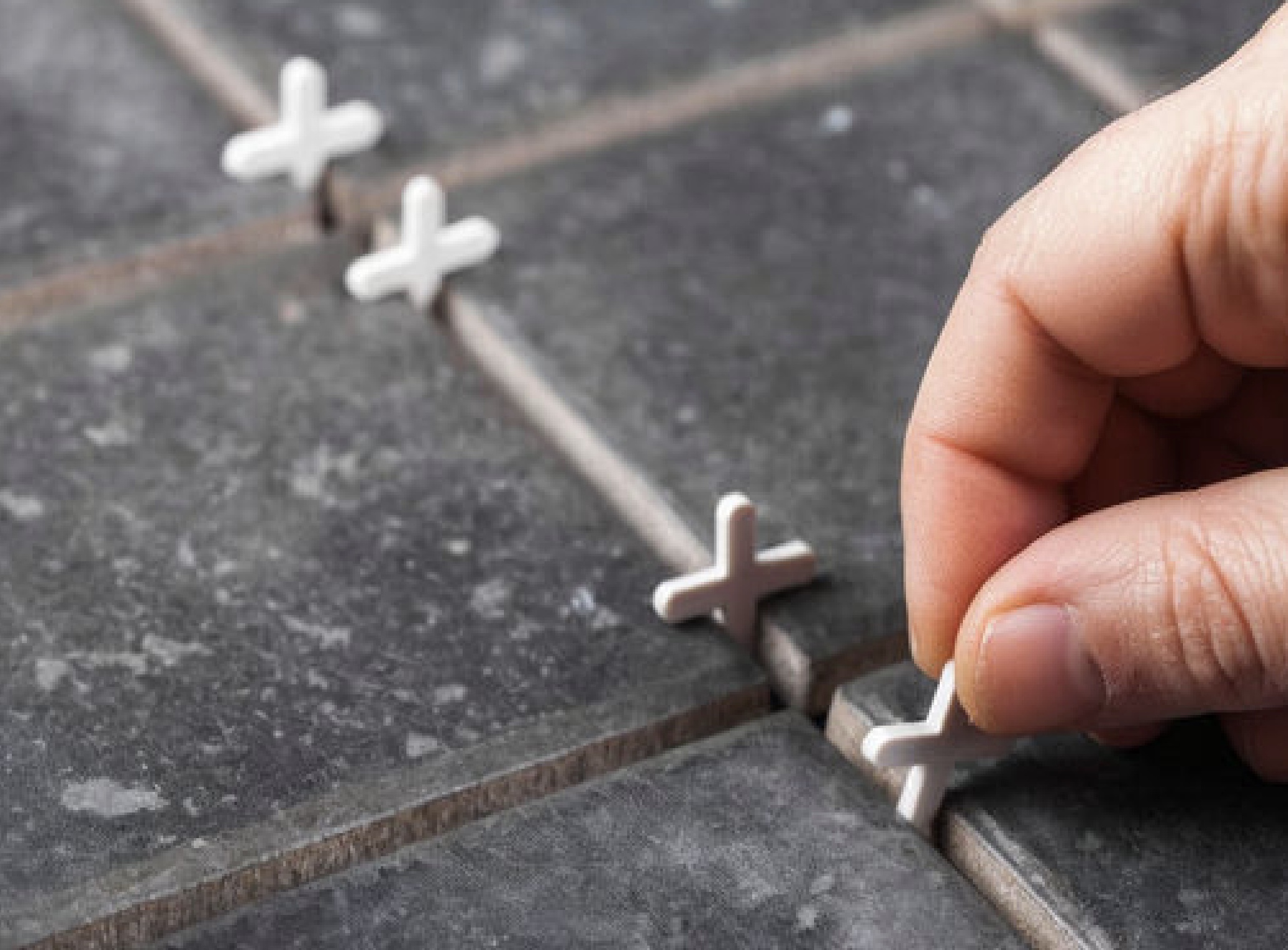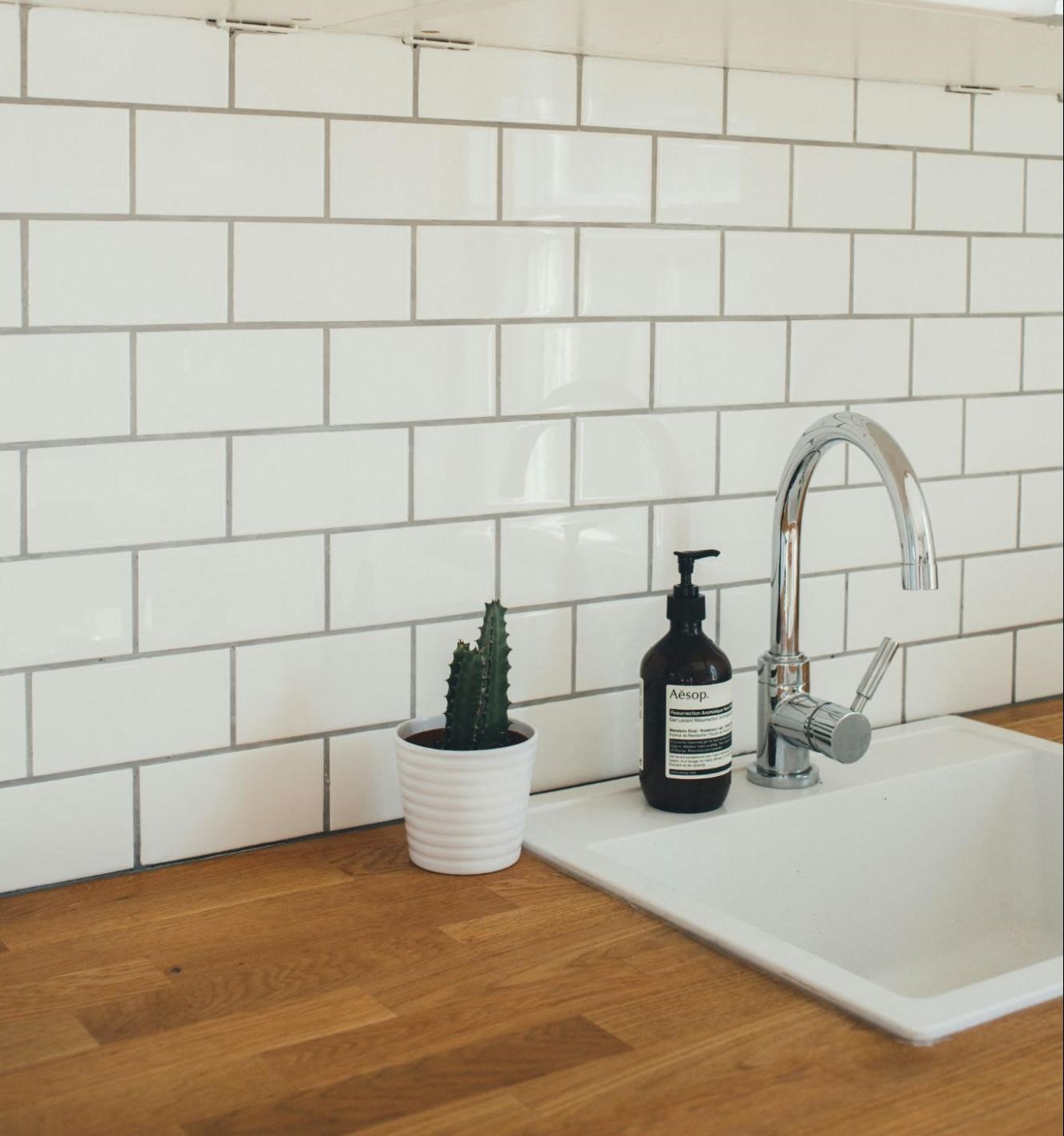-
Close
-
All Tiles
-
All Tiles
-
-
Heading title
-
-
-
Heading title
-
-
Finishes
-
-
Shop by Finishes
-
-
-
Heading title
-
-
-
Heading title
-
-
-
Popular Tiles Types
-
-
Shop by Popular Tiles
-
-
-
Heading title
-
-
-
Heading title
-
-
-
Material
-
-
Shop by Tile Materials
-
-
-
Menu Banner
-
-
-
Menu Banner
-
-
-
Style
-
-
Shop by Tile Style
-
-
-
Menu Banner
-
-
-
Menu Banner
-
-
-
Colours
-
-
-
Menu Banner
-
-
-
Menu Banner
-
-
-
Shape
-
-
-
Menu Banner
-
-
-
Menu Banner
-
-
-
Size
-
-
-
Menu Banner
-
-
-
Menu Banner
-
-
-
-
Bathroom Tiles
-
Bathroom Tiles
-
-
Heading title
-
-
-
Heading title
-
-
Finishes
-
-
Shop By All Tiles Finishses
-
-
-
Menu Banner
-
-
-
Menu Banner
-
-
-
Style
-
-
-
Menu Banner
-
-
-
Menu Banner
-
-
-
Colours
-
-
Shop by Tile Colours
-
-
-
Menu Banner
-
-
-
Menu Banner
-
-
-
Material
-
-
Shop by Material
-
-
-
Menu Banner
-
-
-
Menu Banner
-
-
-
Popular Tiles Types
-
-
Shop by Popular Tiles
-
-
-
Menu Banner
-
-
-
Menu Banner
-
-
-
Shape
-
-
-
Menu Banner
-
-
-
Menu Banner
-
-
-
Area
-
-
Shop By Area
-
-
-
Menu Banner
-
-
-
Menu Banner
-
-
-
Size
-
-
-
Menu Banner
-
-
-
Menu Banner
-
-
-
-
Kitchen Tiles
-
Kitchen Tiles
-
-
Menu Banner
-
-
-
Menu Banner
-
-
Finishes
-
-
Shop by Finishses
-
-
-
Menu Banner
-
-
-
Menu Banner
-
-
-
Style
-
-
-
Menu Banner
-
-
-
Menu Banner
-
-
-
Colours
-
-
-
Menu Banner
-
-
-
Menu Banner
-
-
-
Material
-
-
Shop by Materials
-
-
-
Menu Banner
-
-
-
Menu Banner
-
-
-
Popular Tiles Types
-
-
Shop by Popular Tiles
-
-
-
Menu Banner
-
-
-
Menu Banner
-
-
-
Budget Type
-
-
Shop By Budget
-
-
-
Menu Banner
-
-
-
Menu Banner
-
-
-
Shape
-
-
Shop By Shape
-
-
-
Menu Banner
-
-
-
Menu Banner
-
-
-
Area
-
-
Shop By Area
-
-
-
Menu Banner
-
-
-
Menu Banner
-
-
-
Size
-
-
-
Menu Banner
-
-
-
Menu Banner
-
-
-
- Floor Tiles
-
Adhesives & Grouts
-
Adhesives & Grouts
-
-
Heading title
-
-
-
Heading title
-
-
-
-
-
menu Banner
-
-
-
menu Banner
-
-
-
-
-
menu Banner
-
-
-
menu Banner
-
-
-
-
-
menu Banner
-
-
-
menu Banner
-
-
-
-
-
menu Banner
-
-
-
menu Banner
-
-
-
-
-
menu Banner
-
-
-
menu Banner
-
-
-
- Tools & Accessories
- Brands
-
Inspiration
-
Inspiration
-
-
Heading title
-
-
-
Heading title
-
-
-
-
-
Heading title
-
-
-
Heading title
-
-
-
-
-
Heading title
-
-
-
Heading title
-
-
-
-
-
Heading title
-
-
-
Heading title
-
-
-
-
-
Heading title
-
-
-
Heading title
-
-
-
-
-
Heading title
-
-
-
Heading title
-
-
-
-
-
Heading title
-
-
-
Heading title
-
-
-
-
-
Heading title
-
-
-
Heading title
-
-
-
-
-
Heading title
-
-
-
Heading title
-
-
-
-
-
Heading title
-
-
-
Heading title
-
-
-
-
-
Heading title
-
-
-
Heading title
-
-
-
- Clearance
-
Close
-
All Tiles
-
All Tiles
-
-
Heading title
-
-
-
Heading title
-
-
Finishes
-
-
Shop by Finishes
-
-
-
Heading title
-
-
-
Heading title
-
-
-
Popular Tiles Types
-
-
Shop by Popular Tiles
-
-
-
Heading title
-
-
-
Heading title
-
-
-
Material
-
-
Shop by Tile Materials
-
-
-
Menu Banner
-
-
-
Menu Banner
-
-
-
Style
-
-
Shop by Tile Style
-
-
-
Menu Banner
-
-
-
Menu Banner
-
-
-
Colours
-
-
-
Menu Banner
-
-
-
Menu Banner
-
-
-
Shape
-
-
-
Menu Banner
-
-
-
Menu Banner
-
-
-
Size
-
-
-
Menu Banner
-
-
-
Menu Banner
-
-
-
-
Bathroom Tiles
-
Bathroom Tiles
-
-
Heading title
-
-
-
Heading title
-
-
Finishes
-
-
Shop By All Tiles Finishses
-
-
-
Menu Banner
-
-
-
Menu Banner
-
-
-
Style
-
-
-
Menu Banner
-
-
-
Menu Banner
-
-
-
Colours
-
-
Shop by Tile Colours
-
-
-
Menu Banner
-
-
-
Menu Banner
-
-
-
Material
-
-
Shop by Material
-
-
-
Menu Banner
-
-
-
Menu Banner
-
-
-
Popular Tiles Types
-
-
Shop by Popular Tiles
-
-
-
Menu Banner
-
-
-
Menu Banner
-
-
-
Shape
-
-
-
Menu Banner
-
-
-
Menu Banner
-
-
-
Area
-
-
Shop By Area
-
-
-
Menu Banner
-
-
-
Menu Banner
-
-
-
Size
-
-
-
Menu Banner
-
-
-
Menu Banner
-
-
-
-
Kitchen Tiles
-
Kitchen Tiles
-
-
Menu Banner
-
-
-
Menu Banner
-
-
Finishes
-
-
Shop by Finishses
-
-
-
Menu Banner
-
-
-
Menu Banner
-
-
-
Style
-
-
-
Menu Banner
-
-
-
Menu Banner
-
-
-
Colours
-
-
-
Menu Banner
-
-
-
Menu Banner
-
-
-
Material
-
-
Shop by Materials
-
-
-
Menu Banner
-
-
-
Menu Banner
-
-
-
Popular Tiles Types
-
-
Shop by Popular Tiles
-
-
-
Menu Banner
-
-
-
Menu Banner
-
-
-
Budget Type
-
-
Shop By Budget
-
-
-
Menu Banner
-
-
-
Menu Banner
-
-
-
Shape
-
-
Shop By Shape
-
-
-
Menu Banner
-
-
-
Menu Banner
-
-
-
Area
-
-
Shop By Area
-
-
-
Menu Banner
-
-
-
Menu Banner
-
-
-
Size
-
-
-
Menu Banner
-
-
-
Menu Banner
-
-
-
- Floor Tiles
-
Adhesives & Grouts
-
Adhesives & Grouts
-
-
Heading title
-
-
-
Heading title
-
-
-
-
-
menu Banner
-
-
-
menu Banner
-
-
-
-
-
menu Banner
-
-
-
menu Banner
-
-
-
-
-
menu Banner
-
-
-
menu Banner
-
-
-
-
-
menu Banner
-
-
-
menu Banner
-
-
-
-
-
menu Banner
-
-
-
menu Banner
-
-
-
- Tools & Accessories
- Brands
-
Inspiration
-
Inspiration
-
-
Heading title
-
-
-
Heading title
-
-
-
-
-
Heading title
-
-
-
Heading title
-
-
-
-
-
Heading title
-
-
-
Heading title
-
-
-
-
-
Heading title
-
-
-
Heading title
-
-
-
-
-
Heading title
-
-
-
Heading title
-
-
-
-
-
Heading title
-
-
-
Heading title
-
-
-
-
-
Heading title
-
-
-
Heading title
-
-
-
-
-
Heading title
-
-
-
Heading title
-
-
-
-
-
Heading title
-
-
-
Heading title
-
-
-
-
-
Heading title
-
-
-
Heading title
-
-
-
-
-
Heading title
-
-
-
Heading title
-
-
-
- Clearance



